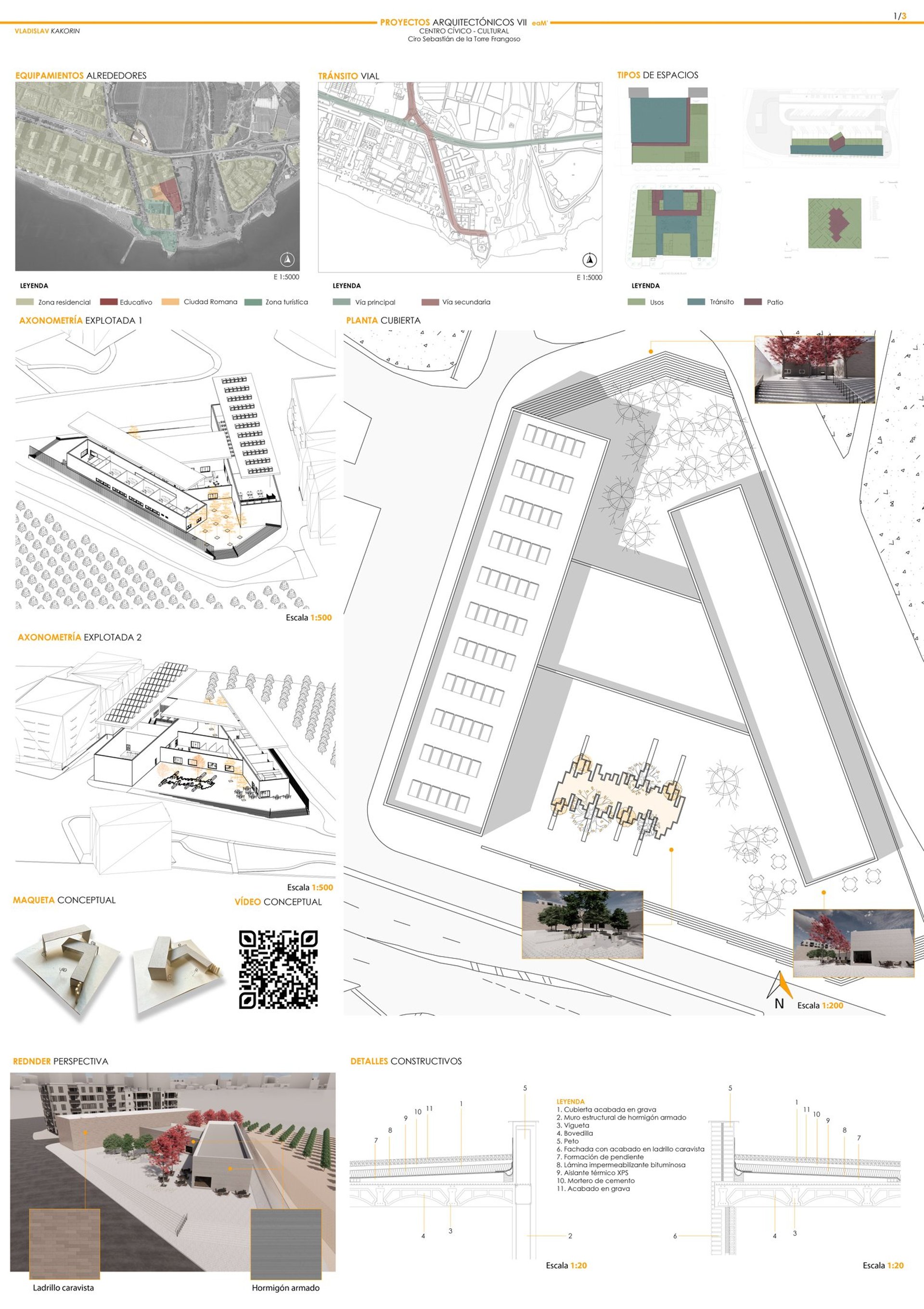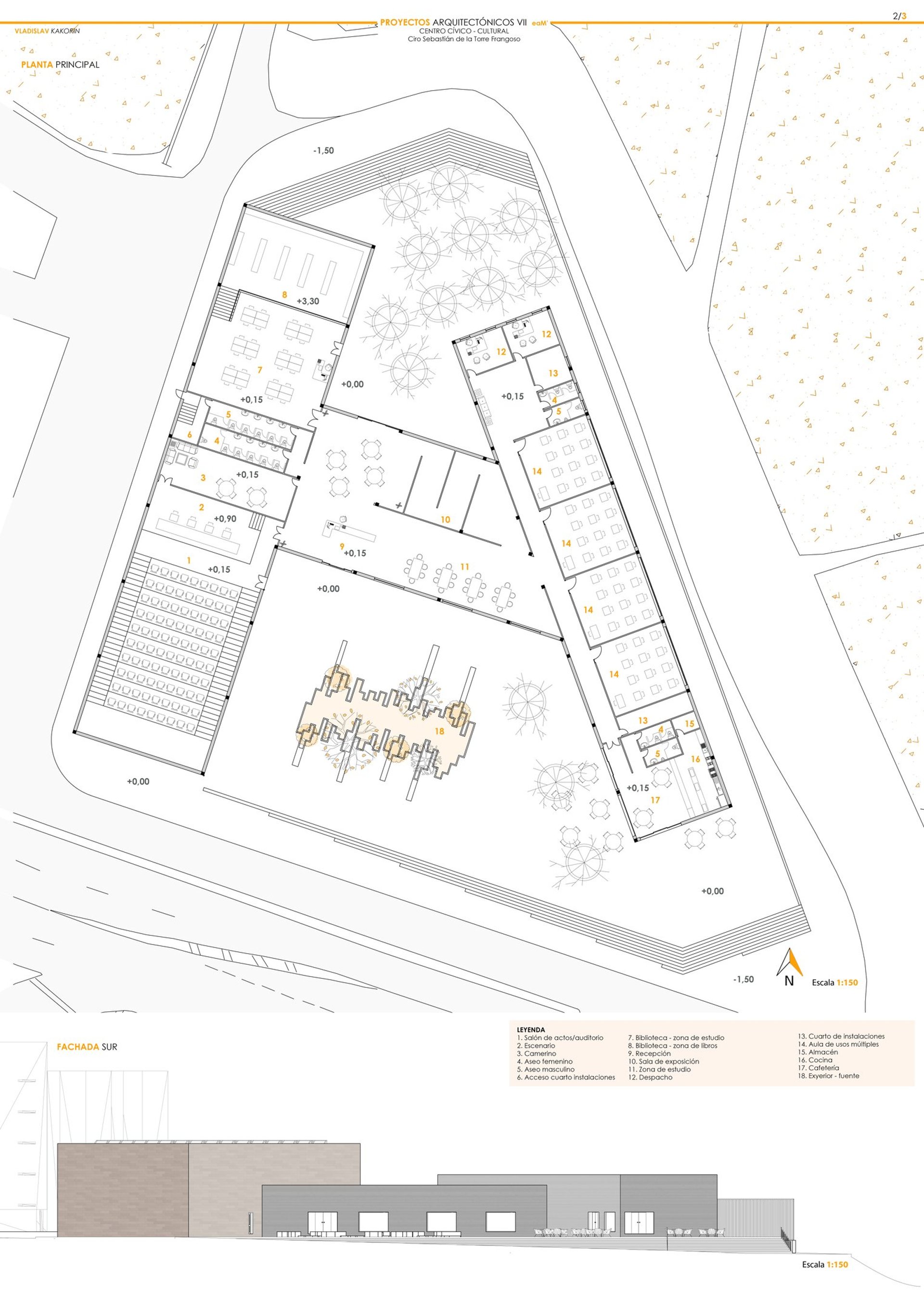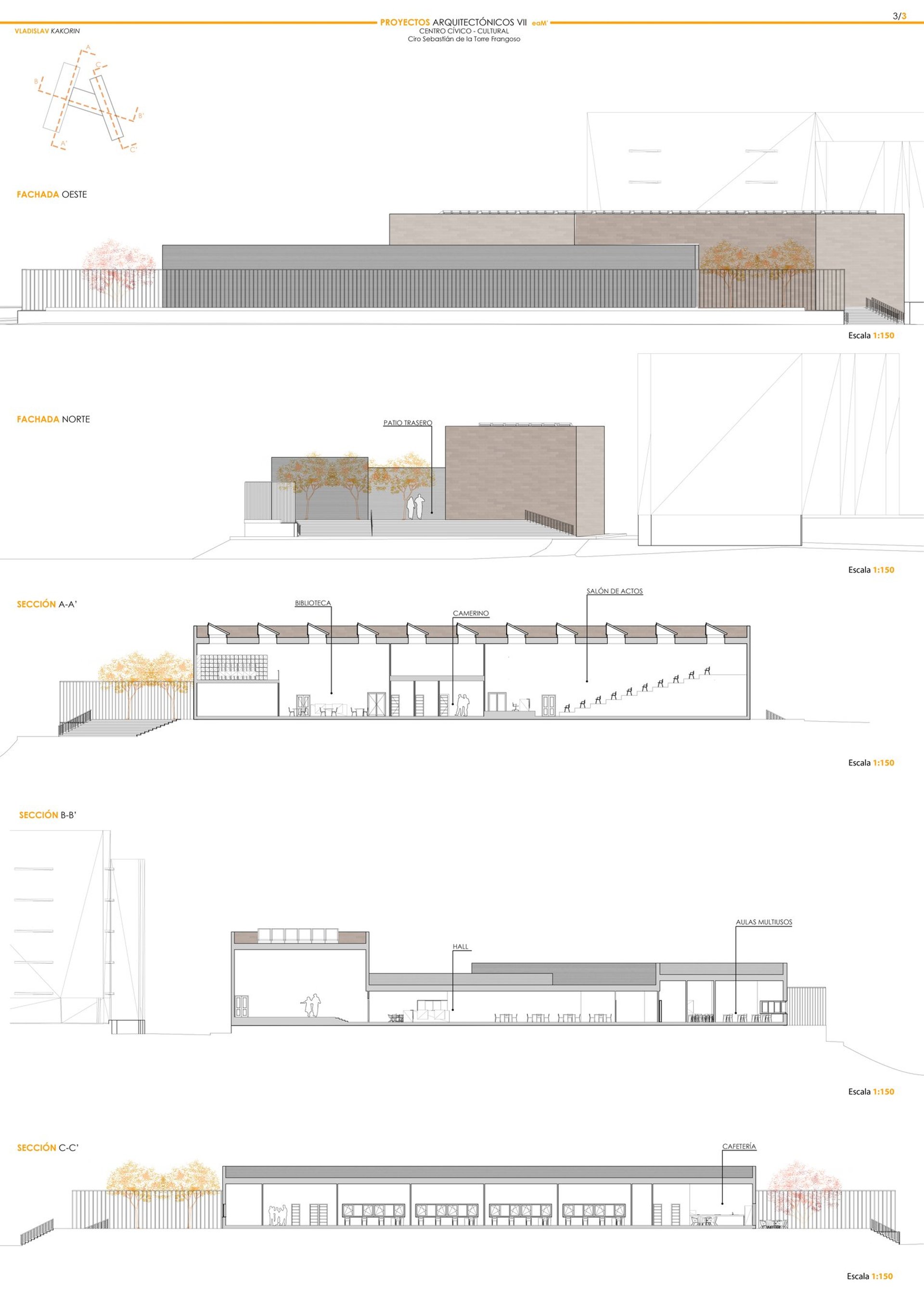Civic - Cultural Center
Throughout the development, you will find explanatory diagrams, detailed floor plans, construction sections, renders, and presentation panels illustrating the layout, structural system, and applied sustainability strategies.
TEXTOESQUEMASPLANOSIMÁGENESPANELES
Project Identity
The Civic and Cultural Center is an urban facility designed as an inclusive space for citizens, aiming to foster community interaction, learning, culture, and social participation. This architectural project envisions a dynamic intergenerational meeting point, capable of adapting to a wide range of uses and community-driven activities.
Urban Context and Integration
The design responds both to its immediate urban context and the specific requirements of the program. Located in a mixed-use area that includes residential, educational, touristic, and heritage zones, the center integrates itself through a clear volumetric strategy, fluid circulation paths, and a material palette that harmonizes with the surrounding built environment. Both pedestrian and vehicular access have been carefully planned to ensure permeability and accessibility from various points in the urban fabric.
Functional Organization
The building is organized around a central core that connects the main functional areas. The ground floor hosts a performance hall with a stage and dressing rooms, a library with separate reading and study zones, multi-purpose classrooms, an exhibition room, offices, service rooms, and a cafeteria with an adjacent kitchen that opens onto a rear patio. This outdoor space includes a fountain and seating areas, encouraging social interaction and leisure. The spatial arrangement allows for the independent and simultaneous use of different areas, enhancing operational flexibility.
Technical and Constructive Solutions
A key feature of the building is its gravel-finished rooftop, conceived as a functional fifth façade that contributes to the building’s thermal performance. The architectural sections reveal the interplay between levels, ceiling heights, and spatial transitions, while the construction details demonstrate technical rigor and care. Materials such as reinforced concrete, exposed brick, and bituminous waterproofing systems ensure structural stability, energy efficiency, and a cohesive aesthetic.
Spatial Strategy and Graphic Representation
The exploded axonometric diagrams provide a comprehensive view of the design logic, decomposing the architecture into its constituent elements to better understand structural and spatial relationships. Beyond functional and technical concerns, the project aims to offer an enriched spatial experience through careful attention to natural light, spatial proportions, and the integration of interior and exterior environments.
Conclusion: Architecture Serving the Community
The result is a sober, efficient, and inclusive piece of architecture that positions itself as a catalyst for community life. It promotes cultural and social exchange through a contemporary infrastructure that is responsive to the evolving needs of today's society.
Text
Diagrams
The diagrams illustrate the modular layout, prefabricated system, and natural ventilation strategy - optimizing both comfort and energy efficiency.
Surrounding Facilities
The analysis divides the area into four zones: residential (housing), educational (schools), Roman City (archaeological remains), and touristic (visitor attractions). The legend helps identify their layout on the map.
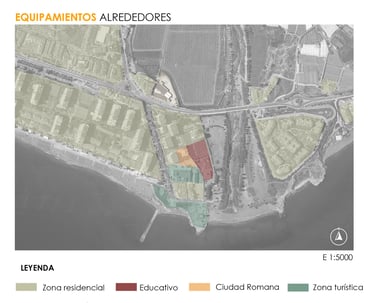

Traffic flow
This diagram outlines road traffic flow in an area, categorizing roads into two types: main road (high-traffic arteries) and secondary road (lower-capacity streets). The specified scale (1:5000) indicates a level of detail suitable for urban analysis or transportation planning. The legend helps identify the road network in the associated map.
Uses: Areas for specific activities (e.g., commercial, residential).
Transit: Spaces designated for movement (pedestrian, vehicular).
Courtyard: Open areas for private or recreational use.
Types of spaces
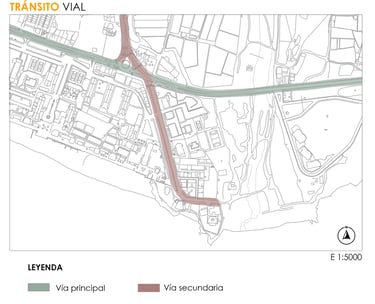

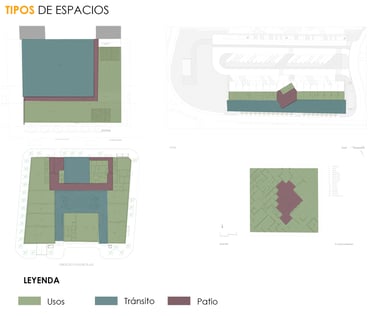

Plans
The drawing set illustrates the project's layout, structure, and functionality through floor plans, sections, and construction details that clarify its spatial organization and design strategies.
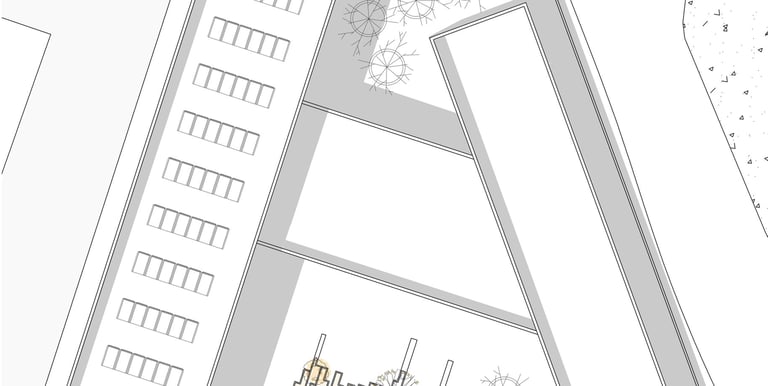

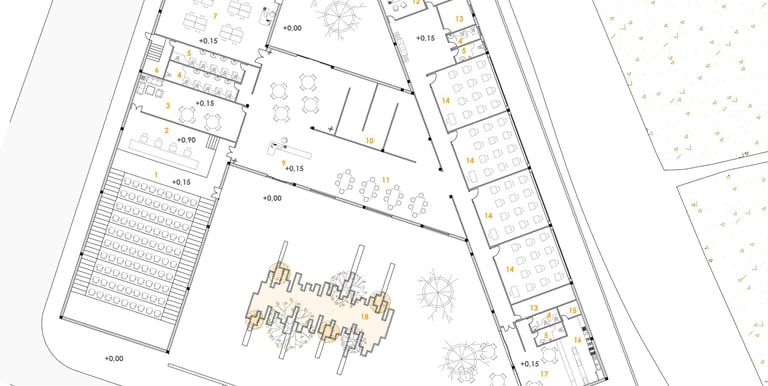

Ground floor
Street-level floor
Roof-level floor
Top floor
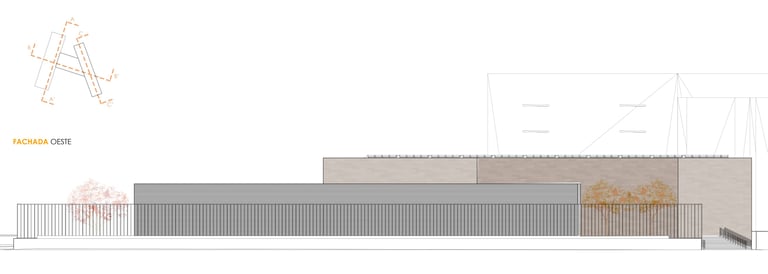


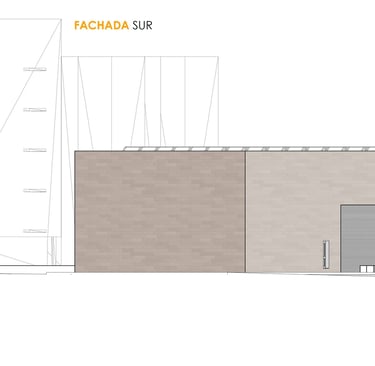
South-facing elevation
South-facing orientation for maximum sunlight.
West-facing elevation
Western front
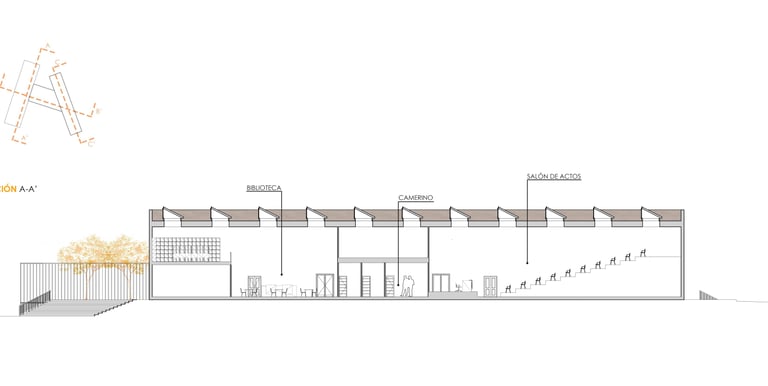

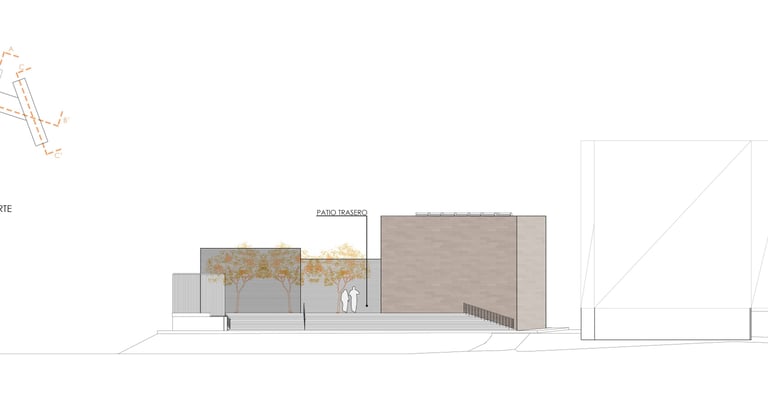

North-facing elevation
Less Direct Sunlight
Section A
Library and multi-use room area
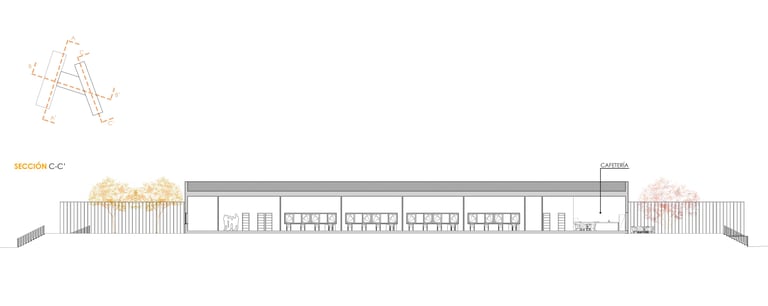

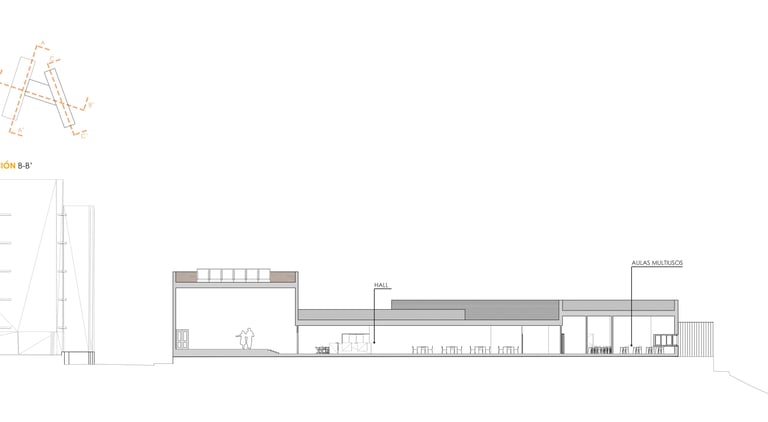

Section B
Axonometric view showing the tower's volume
Construction Section
Cross-section (horizontal)
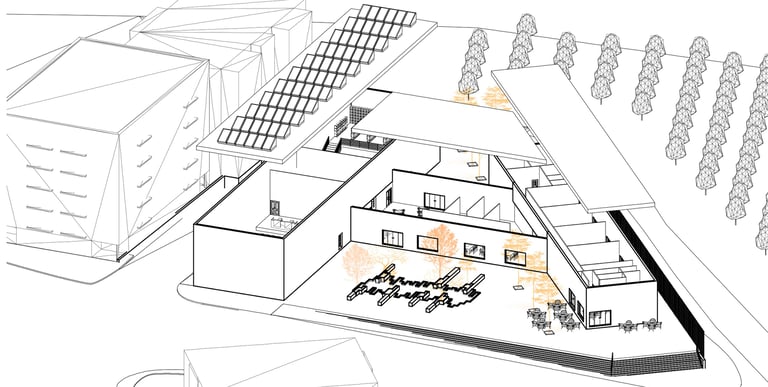

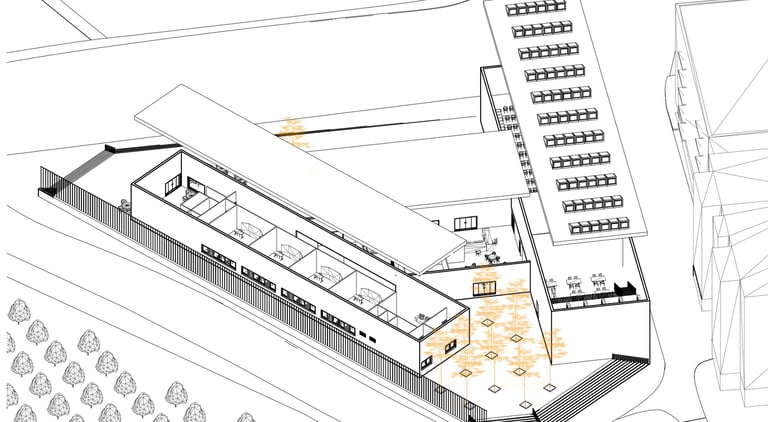

North exploded axonometric
Axonometric view showing the building's volume
South exploded axonometric
Axonometric view showing the building's volume
Visuals
Photos of the potential final result
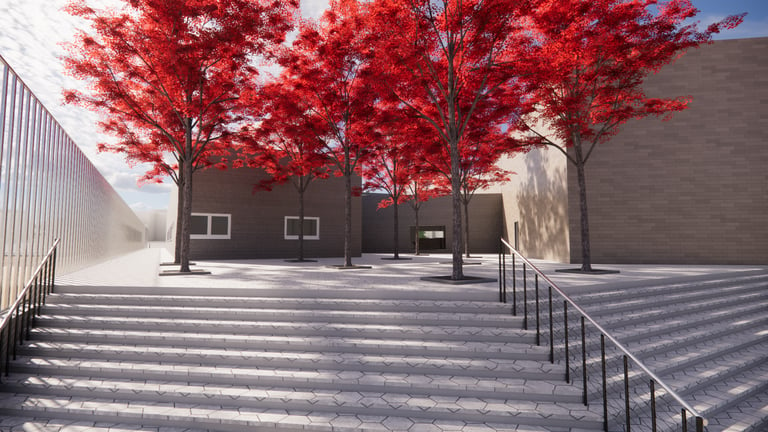
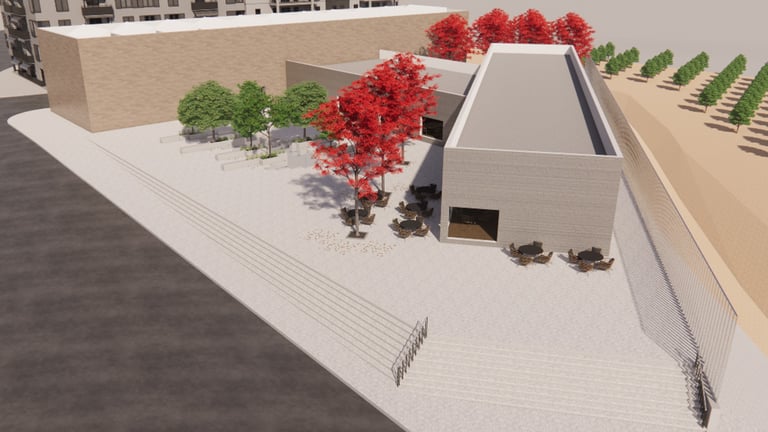
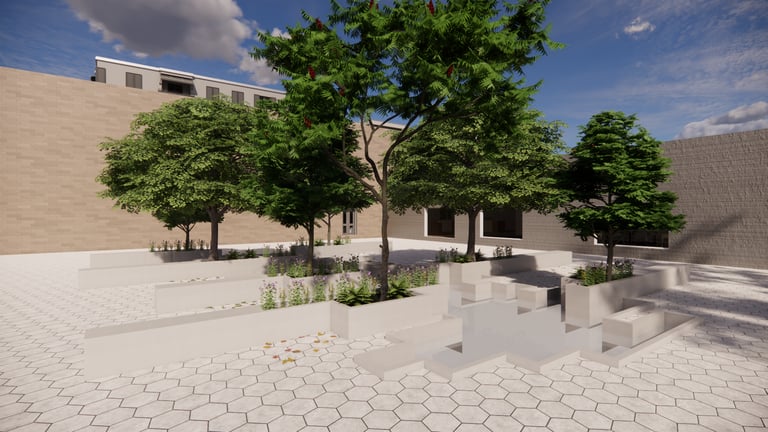
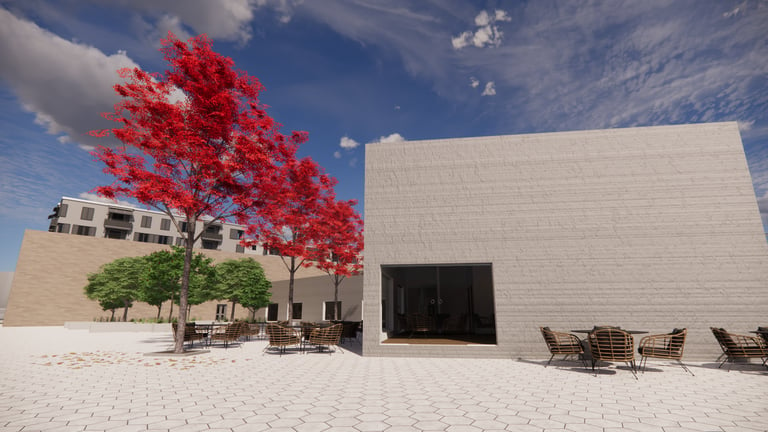
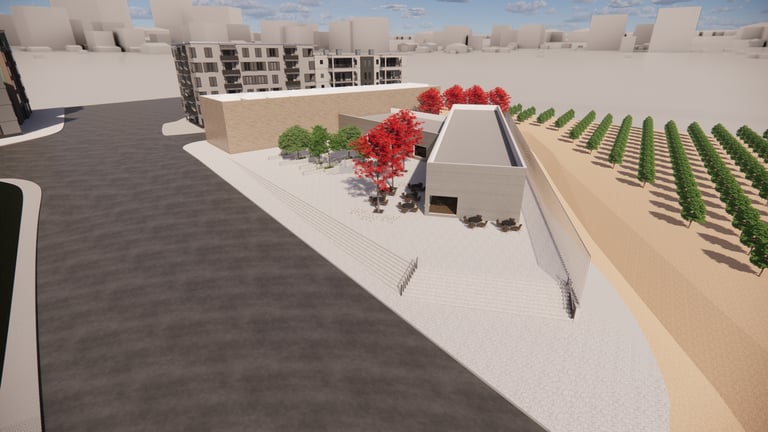





Video
Animated fly-through of the projected outcome.

Model
Conceptual model
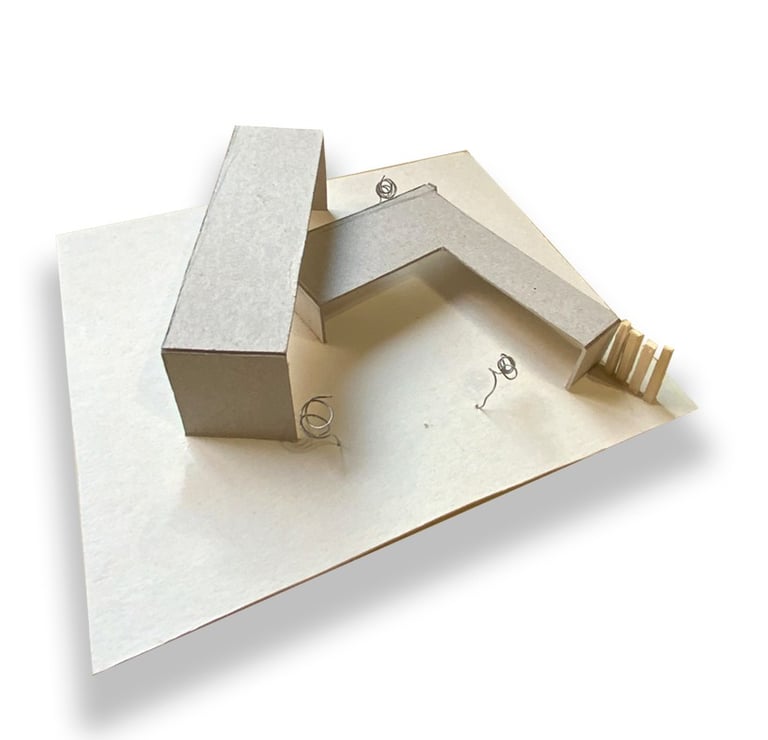
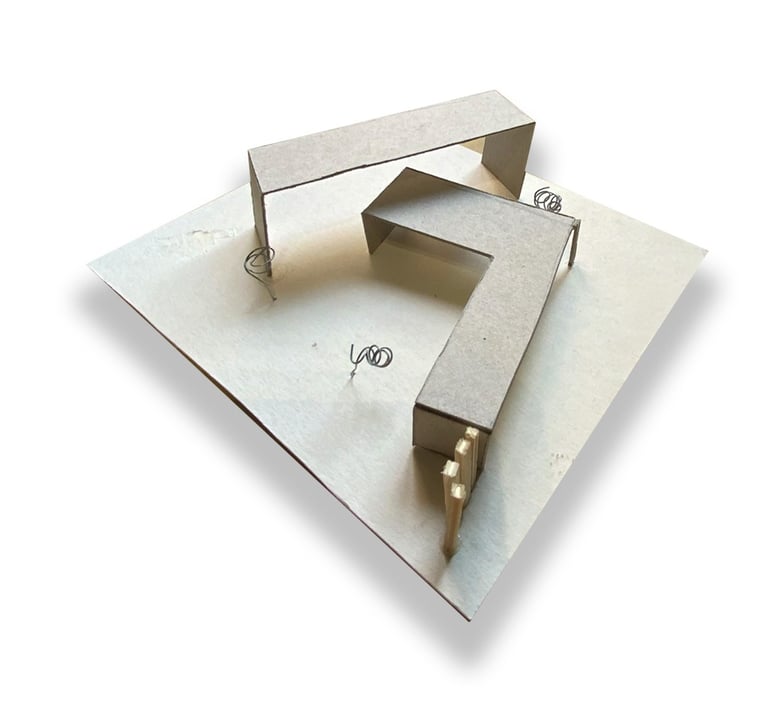


Panels
